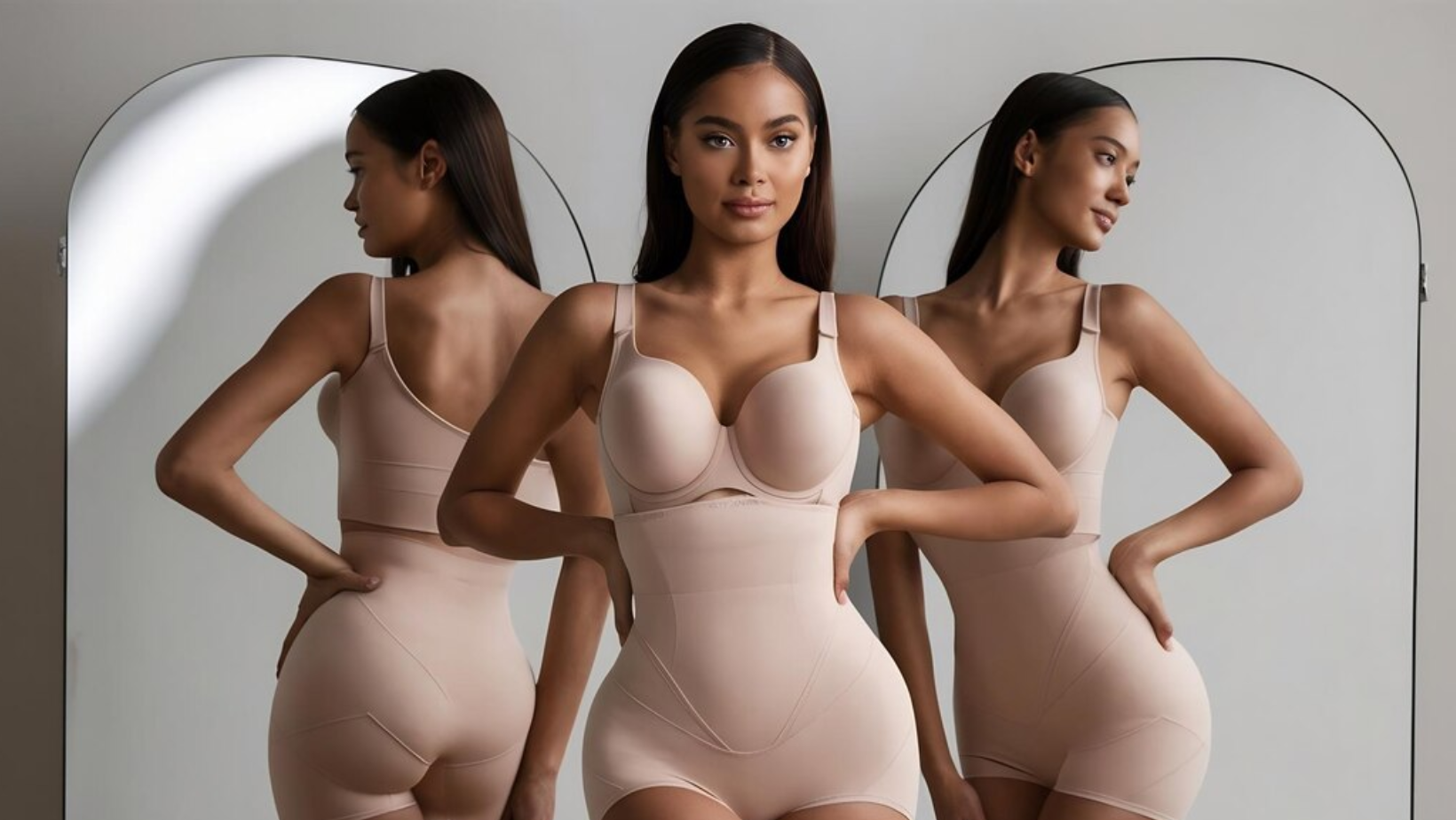Does Wearing Shape Wear Affect Breathing?

Shape wear has become a staple for those looking to achieve a more streamlined silhouette under clothing. However, concerns about its impact on health, particularly on breathing, have led many to wonder: does wearing shapewear restrict the ability to breathe properly? Let’s delve into the science behind shapewear, its potential effects on breathing, and how to wear it safely.
How Shapewear Works
Shapewear is designed to compress and contour specific areas of the body, such as the abdomen, hips, and thighs. This compression smooths out bulges and enhances the wearer’s natural shape. While the level of compression varies depending on the garment, most shapewear is made of materials like spandex, nylon, and elastane, which are stretchy but firm.
The Link Between Shapewear and Breathing
Wearing shapewear, especially high-compression garments, can affect breathing in the following ways:
1. Reduced Lung Expansion: Tight shapewear, particularly those targeting the midsection, can restrict the diaphragm’s natural movement. The diaphragm plays a crucial role in breathing by contracting and expanding to allow air into the lungs. Compression around this area can lead to shallow breathing, making it harder to take deep breaths.
2. Postural Effects: Shapewear often improves posture by providing support to the spine and core. While this can benefit alignment, excessively tight shapewear may force the body into an unnatural posture, which can further impact breathing mechanics.
3. Psychological Impact: The sensation of tightness around the torso might create a feeling of being “squeezed,” potentially causing anxiety or the perception of difficulty in breathing, even if lung function isn’t significantly compromised.
When Does Shapewear Become a Concern?
For most people, wearing shapewear for short periods doesn’t lead to significant health issues. However, problems may arise under these conditions:
• Prolonged Wear: Wearing shapewear for extended periods (e.g., all day) can increase discomfort and the likelihood of shallow breathing.
• Overly Tight Garments: Shapewear that’s too tight can compress internal organs, affect circulation, and exacerbate breathing difficulties.
• Pre-existing Conditions: Individuals with respiratory conditions such as asthma or chronic obstructive pulmonary disease (COPD) may be more susceptible to breathing challenges when wearing shapewear.
Tips for Wearing Shapewear Safely
To enjoy the benefits of shapewear without compromising your breathing or overall comfort, consider these tips:
1. Choose the Right Size: Avoid sizing down for extra compression. Ill-fitting shapewear can cause discomfort and restrict breathing.
2. Opt for Light Compression: For everyday use, select garments with light to moderate compression, which are less likely to interfere with breathing.
3. Limit Wear Time: Reserve shapewear for specific occasions and remove it if you feel discomfort or difficulty breathing.
4. Listen to Your Body: If you feel lightheaded, short of breath, or experience any discomfort, remove the shapewear immediately.
Final Thoughts
Shapewear, when worn appropriately, is unlikely to cause significant breathing issues for most people. However, it’s essential to prioritize comfort and health over aesthetics. By choosing the right garment, wearing it for limited durations, and listening to your body, you can enjoy the confidence boost shapewear provides without compromising your well-being.
If you have pre-existing health concerns or experience persistent discomfort, consult a healthcare professional before using shapewear.